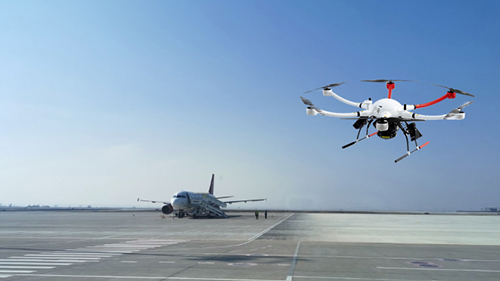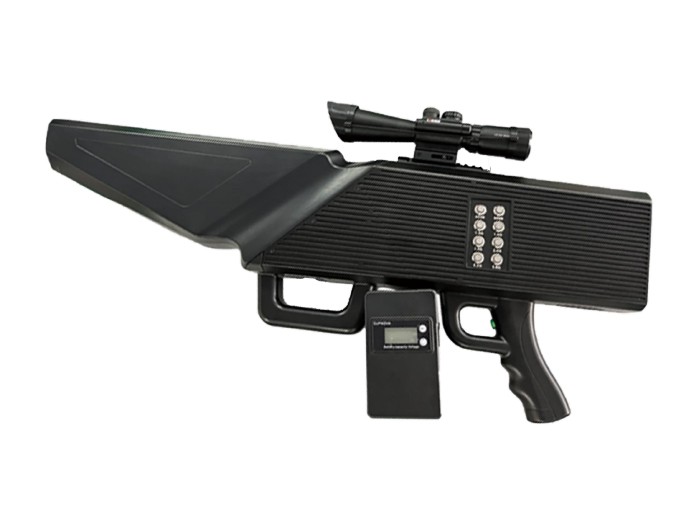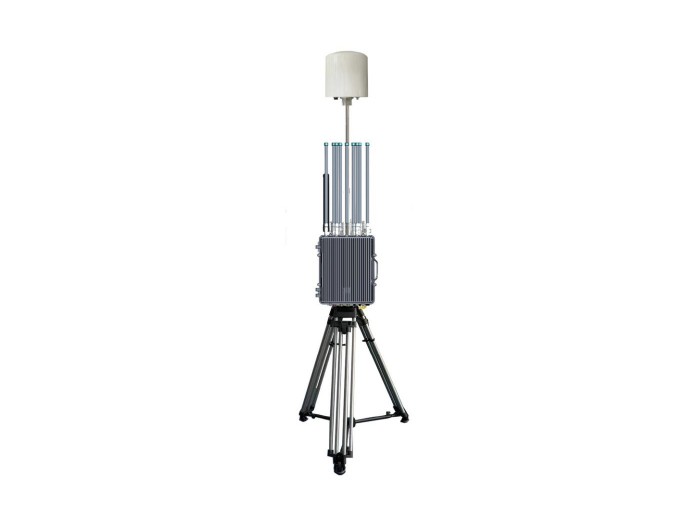Counter Unmanned Aircraft System Military: Enhancing Defense Against Emerging Drone Threats
In today’s rapidly evolving defense landscape, military forces face increasing challenges posed by the proliferation of unmanned aircraft systems (UAS), commonly known as drones. With drones becoming more accessible and technically advanced, there is a growing need for robust counter unmanned aircraft system military solutions to detect, track, and neutralize unauthorized or hostile UAVs in sensitive military zones. Whether it’s protecting forward operating bases, critical infrastructure, or high-value assets, addressing the threats posed by UAS requires integrated technologies and strategic approaches. This article explores the essentials of counter-UAS military technology, its operational benefits, and how armed forces can stay ahead in the ongoing battle against aerial drone threats.
Understanding Counter Unmanned Aircraft Systems in Military Applications
The term counter unmanned aircraft system military refers to a broad category of technologies and tactics used to identify, monitor, and mitigate threats posed by hostile or unauthorized drones. Military operations increasingly rely on UAS for reconnaissance, communication relay, or precision strikes, but adversaries also exploit drones to conduct surveillance, deliver explosives, or disrupt operations. Consequently, counter-UAS systems have become a crucial defense layer.
Core components typically include radar, radio frequency (RF) detectors, electro-optical/infrared (EO/IR) sensors, and electronic warfare systems capable of jamming or hijacking control signals. As of 2023, it is estimated that over 30 countries actively deploy counter-UAS technologies to secure military installations, demonstrating the global recognition of this threat.
For example, during conflict zones in recent years, military units have employed counter-UAS solutions to detect and disable enemy drones used for intelligence gathering, significantly reducing battlefield vulnerabilities. The capability to integrate these systems into existing air defense networks enhances situational awareness and facilitates rapid response.
Key Benefits and Capabilities of Military Counter-UAS Systems
Counter unmanned aircraft system military tools offer multiple advantages critical for modern defense strategies. First, they provide early detection, alerting commanders to potential drone incursions before drones reach important areas. Early warning allows for preemptive actions that can prevent damage or intelligence compromise.
Second, these systems deliver multilayered neutralization options: kinetic interceptors, RF jamming, directed energy weapons, or capture nets. According to military reports, electronic countermeasures have successfully disrupted over 85% of drone threats in recent field tests, showcasing their efficacy.
Furthermore, counter-UAS solutions are designed for scalability and mobility, enabling deployment in diverse environments—from urban combat zones to remote borders. Their modular design ensures compatibility with existing military communication infrastructure, reducing extra training and logistics overhead.
Lastly, some advanced systems employ artificial intelligence (AI) to distinguish between friendly and hostile drones, minimizing the risk of false alarms and collateral disruptions, which is vital in complex operational theatres.
Practical Military Applications of Counter Unmanned Aircraft System Technologies
Military forces worldwide are applying counter unmanned aircraft system military technologies across various domains:
- Forward Base Protection: Armed forces deploy counter-UAS radars and jammers around forward operating bases to prevent enemy reconnaissance and surprise drone attacks.
- Convoy Security: Mobile counter-UAS kits accompany convoys to detect and neutralize drone threats while on the move.
- Naval Defense: Counter-UAS systems on naval vessels protect against drone swarms aiming to disrupt maritime operations or reconnaissance.
- Critical Infrastructure: Military-managed sites like ammunition depots and communication hubs utilize layered counter-UAS defenses to safeguard against espionage or sabotage.

For instance, during a recent NATO exercise, integrated counter-UAS assets successfully simulated detection and neutralization of multiple drone threats, improving joint force operational readiness.
Emerging Trends and Future Directions in Military Counter-UAS Solutions
As drone technology evolves, so do the countermeasures. Future trends in counter unmanned aircraft system military solutions highlight the integration of artificial intelligence, machine learning, and enhanced sensor fusion for better threat identification and response. Autonomous counter-drone systems capable of independently tracking and intercepting hostile UAVs are under development, offering reduced reaction times and manpower requirements.
Additionally, directed energy weapons, such as high-energy lasers, are gaining traction due to their precision and low operational cost for drone neutralization. According to defense industry analysis, the global counter-UAS market is projected to grow at an annual rate exceeding 15% over the next five years, underlining increasing investment by military organizations.
Moreover, collaborative international initiatives focus on standardizing counter-UAS protocols and facilitating intelligence sharing, enhancing collective security against drone threats. These advancements illustrate a comprehensive approach to managing the multifaceted risks drones pose.
Recommendations for Military Stakeholders Considering Counter-UAS Technologies
- Assess Operational Needs: Evaluate specific mission profiles and threat environments to select appropriate counter-UAS solutions tailored for different scenarios.
- Integrate Multi-Sensor Systems: Employ diverse detection technologies—radar, RF, EO/IR sensors—to improve detection accuracy and reduce false positives.
- Invest in Training and Simulation: Regularly train personnel in counter-UAS tactics and update protocols based on emerging threat intelligence.
- Leverage AI and Automation: Incorporate AI-driven analytics for real-time threat assessment and faster decision-making capabilities.
- Consult Experts and Industry Leaders: Contact us for professional consultation to explore customizable counter-UAS solutions that address your unique security challenges.
Conclusion
Effective counter unmanned aircraft system military solutions are indispensable in maintaining tactical advantage and operational security in the current threat environment. By adopting integrated, multi-layered counter-UAS technologies and staying informed on emerging trends, military stakeholders can significantly enhance protection against hostile drone activities. To explore advanced counter-UAS technologies and services, contact us for a free consultation or visit our website now to learn more. Stay ahead in defense – safeguard your operations with cutting-edge counter-drone expertise.
Want to learn more about how counter unmanned aircraft system military solutions can secure your assets? Visit our website today!

















